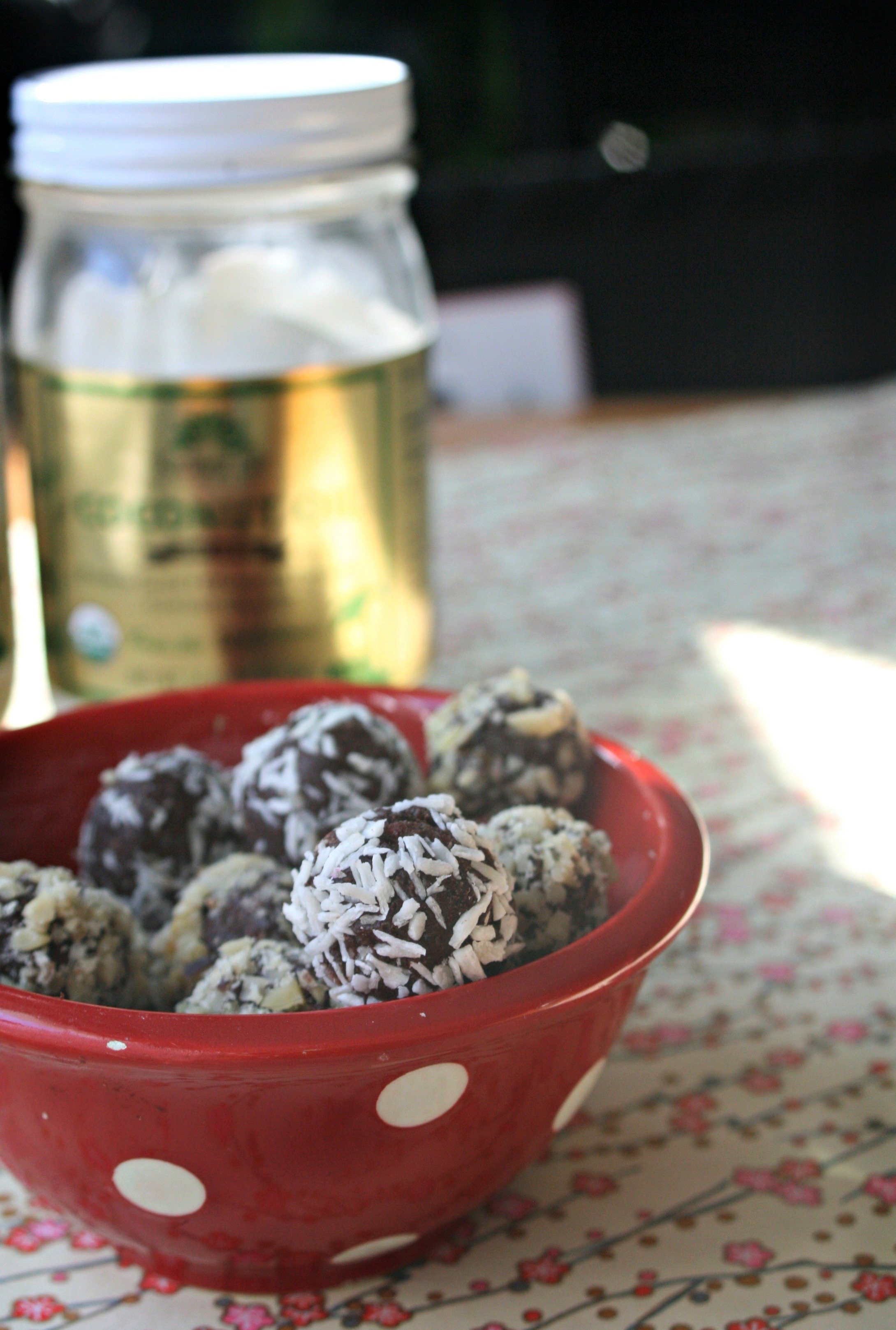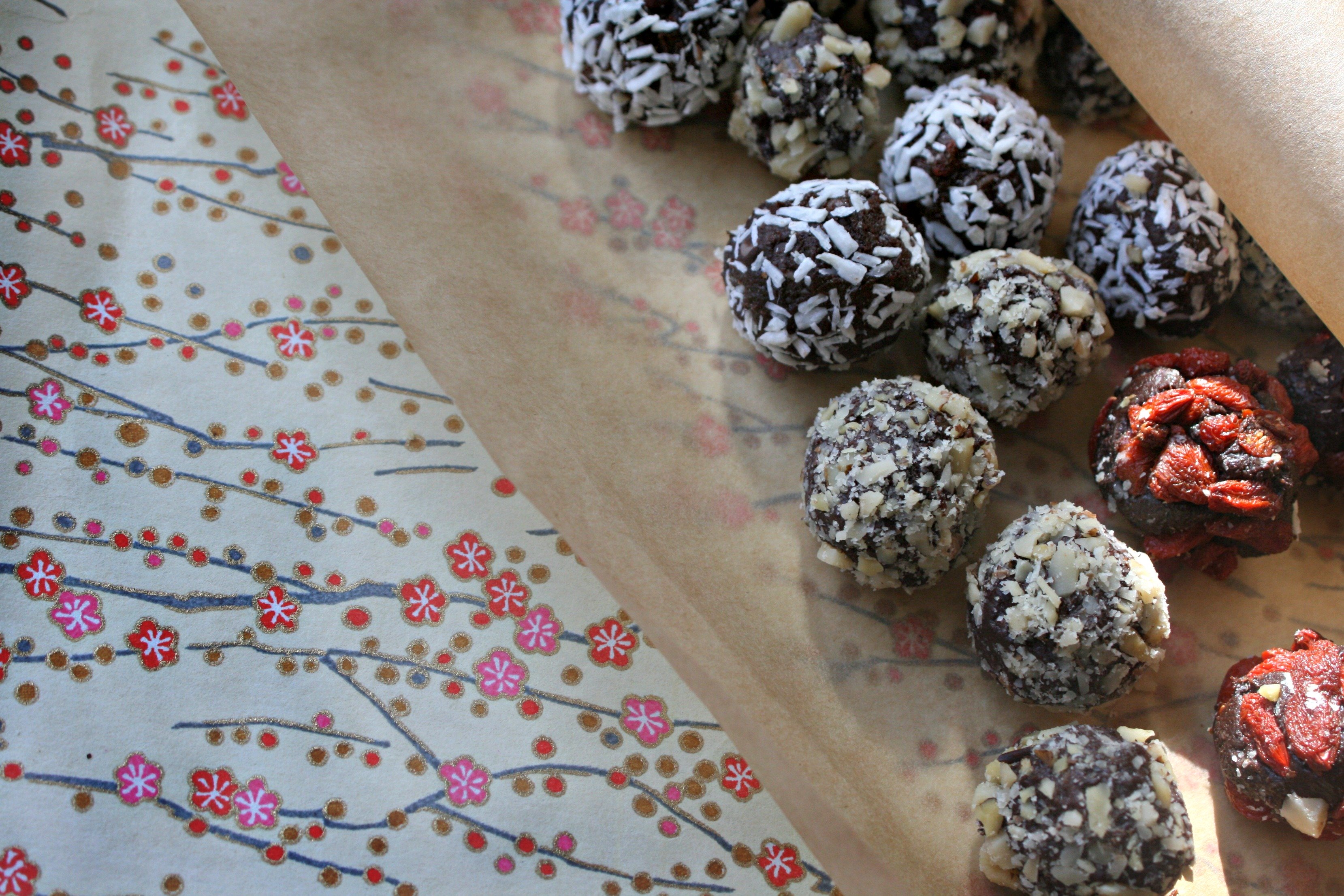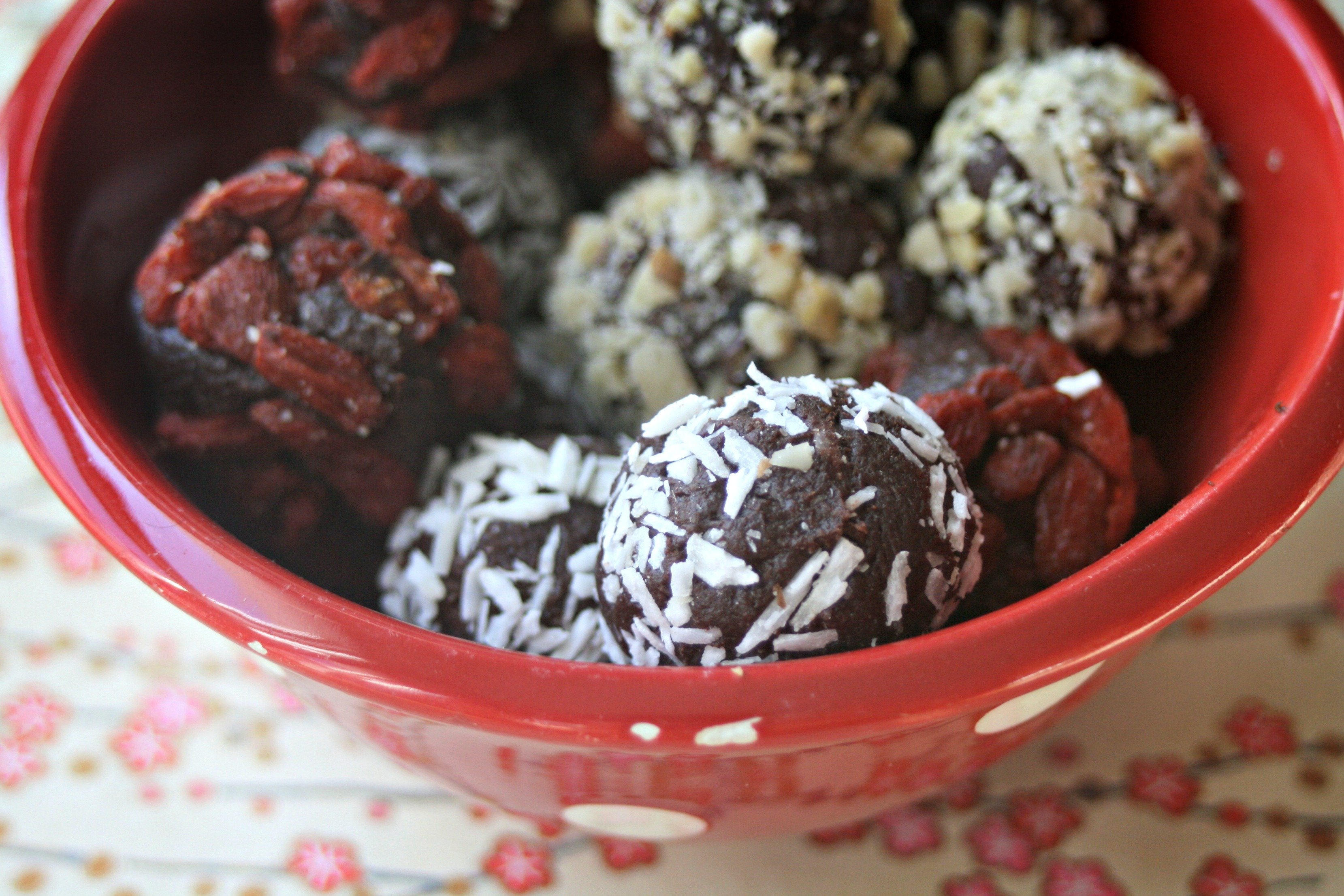What better way to say "I love you" than chocolate...or homemade cocoa drops using virgin coconut oil, raw natural sweeteners and sprouted nuts. Yup- the latter sounds more like the type of nutrient dense, primally-inspired treat my sweethearts will be enjoying this year. Savor the delightful taste and many benefits of chocolate while leaving out the junky fillers, emulsifiers and sweeteners that make conventional chocolate bars not-so-lovely for your health.

To Chocolate or Not to Chocolate?
Everyone seems to say something different to say when it comes to the overall "healthiness" of chocolate. Some people worship chocolate as a mineral-rich superfood and munch carelessly on dark rich slabs of the stuff, while others shun it as a highly-addictive, weight inflating junk food. So is chocolate really good for you or not?
Like most foods, chocolate comes with an impressive list of potential benefits, and a handful of not-so-great qualities. Most statistics and headlines take just one angle on chocolate, ignoring the inherent complexities of this sumptuous treat.
Chocolate is made from the fermented, roasted and processed seeds of the cacao tree, although they are more commonly referred to as beans. Cacao beans are naturally rich in minerals, phytochemicals, antioxidants and healthy fats. Two main components are extracted from fatty cacao seeds: the inner solids or cacao nibs, and the creamy smooth cocoa butter made from the fats. Unprocessed cacao nibs are very bitter, however many people enjoy them sprinkled on salads or added into other recipes. Chocolate is produced when these nibs are mashed into a thick paste and then combined with varying amounts and types of sweeteners including sugar, cocoa butter and milk.
To lay out the pros and cons of chocolate, I have drafted up a nifty little list for you:
Pros of Chocolate
- Cacao nibs are high in iron, magnesium, copper and manganese
- Bitter taste can be helpful in regulating appetite
- Contains soluble fibers which have shown to be helpful in regulating insulin and controlling weight
- High in flavanoids that act as powerful antioxidants to fight inflammation
- Cocoa butter is high in saturated fat in the form of stearic acid, which has neutral LDL effects
Cons of Chocolate
- Increases sensitivity of endorphin receptors, falsely elevating mood
- Contains anti-nutrient oxalic and phytic acids which can leach calcium and block mineral absorption
- Contains phenylethylamine PEA, a caffeine-like stimulant
- Sweetened with refined sugar which is harmful in large amounts
- Commercial processing can result in cross-contamination with gluten and milk solids
The decision to eat chocolate or not is largely personal. However, whether you fall on the cacao-crazy or chocolate-afraid side of the debate, it is important to take into consideration the how of chocolate harvesting and preparation. There is an incredible amount of lore and whimsy involved in traditions of chocolate making that have led to the development of many different practices. From the stone-ground, solar powered processes used by our ancestors to the machine driven clank of industrial Hershey factories today, chocolate comes in many forms.
One could write an entire book on the nuances of chocolate making and I won't pretend to be an expert on the matter. However, the main point I am trying to make is this: unfortunately most of the chocolate bars found lining modern store shelves are loaded with junk. The popular milk chocolates that have been mass produced, heavily processed and packaged in shiny attention-grabbing wrappers, are also filled with nasty bulking agents, pasteurized dairy products, refined sweeteners and cheap oils. Dark chocolates generally present a better option, however even the more expensive brands have been subject to high heat in manufacturing and still contain potent cane sugars and unstable vegetable oils.
Coconut Oil Chocolate Drops
I have personally found that it is possible to enjoy the benefits and glorious taste of cacao, when prepared in a careful way that maintains nutritional integrity of these powerful beans. The following recipe is one way to enjoy big chocolate flavor, while remaining confident that only fairly sourced, nutrient dense ingredients are savored. It is also far less pricey than gourmet, honey-sweetened chocolate brands.
This delectable homemade chocolate is more like a fudge made primarily with cocoa powder- the roasted, ground up solids of the cacao bean. When sourcing a cocoa powder (sometimes also called cacao powder, although there is generally no difference aside from word choice), keep in mind that some have been high-heat roasted, while others have been prepared under low heat. To get the maximum nutritional benefit, a low-temperature preparation is preferable.
One of my favorite aspects of this chocolate drop recipe (apart from the dreamy taste) is that it doesn't even involve turning on the oven. I do recommend putting on a bit of classical music and prancing around like a professional chocolatier during the process...however that extra step is not totally necessary.
It is important to note that for some people, cacao beans in any form are irritating to the digestive system and can be strongly addictive. The active polyphenols and other substances in cocoa can trigger migraines and cause other allergic reactions in sensitive individuals. In the case that you can't tolerate chocolate or simply don't agree with including it in your diet, this recipe can be easily made with carob powder instead.

Ingredients
6 tbsps coconut oil, melted
2 tbps coconut spread or homemade coconut butter, melted
1/2 cup cocoa powder (organic and fair trade of course!)
1/3-1/2 cup raw honey, maple syrup or mix
1 tsp vanilla extract
Toppings
shredded coconut, chopped sprouted nuts or goji berries
1. Spread topping choices on a cutting board and set aside.
2. Add all remaining ingredients to food processor and blend until smooth.
3. Place mixture in freezer for about 15 minutes, or until the combination begins to harden (I keep the mixture right in the food processor, but you can transfer to another bowl if your processor is too large or your freezer is jam-packed)
3. Form mixture into small balls and then roll through desired toppings, pressing gently so that they cover well (when deciding how big to make the drops, just remember that the mixture is very rich and a little really does go a long way)
4. Enjoy immediately, or keep in the refrigerator for later nibbling.

